As data volumes and transfer needs continue to grow, the communications technologies are evolving into newer and better systems that provide better connectivity, speeds, capacity, and coverage. Towards this, most telco providers are shutting down the older 2G/3G communication networks and migrating to the faster 4G and 5G technologies, which have higher capacities and are more scalable to accommodate the large data volumes.
A reliable communication system is critical in ensuring effective smart metering and supporting the utility to achieve its objectives at optimal costs. As the migration happens to the faster networks, customers such as utilities who rely on the 2G and 3G networks for their smart metering needs will have to upgrade their devices to avoid disconnection.
Newer systems such as 4G, LTE, and 5G provide superior communications and connectivity compared to the older generations. To support these, leading equipment manufacturers are increasingly developing compatible devices to take advantage of the high speeds and reliable connectivity.
On the other hand, the consumers with older 2G and 3G based devices such as smart meters have two options. One option is to replace the entire smart meter with a newer and compatible model – which is costly. The other option is to upgrade the modem, which is a cheaper solution.
Usually, a smart meter comprises the actual measuring device which could be mechanical or electrical, sensors, a modem, and a communication infrastructure such as the AMI. In more flexible smart meters, consumers have the option to replace the modem, which is a more economical option that also prevents vendor lock-in.
Besides cost saving, upgrading the modem provides a future-proof solution that allows utilities to easily migrate to the newer and faster LTE networks. The option provides the same functionality as replacing a meter would. Additionally, the ability to configure the modems or update their firmware remotely further reduces physical site visits and costs.

Other benefits of upgrading modems include
 Usually, some technologies change every few years, and consumers may speed a lot of money trying to catch up or enjoy the updated services. Usually, replacing existing equipment or devices is capital intensive. Luckily, most of the devices, such as, some models of smart meters comprise various components from different manufacturers. These include the actual mechanical, electromechanical, or electronics-based meter, sensors, and communications technology.
Usually, some technologies change every few years, and consumers may speed a lot of money trying to catch up or enjoy the updated services. Usually, replacing existing equipment or devices is capital intensive. Luckily, most of the devices, such as, some models of smart meters comprise various components from different manufacturers. These include the actual mechanical, electromechanical, or electronics-based meter, sensors, and communications technology.
However, as the technologies such as communications advance, others such as mechanical components do not and can provide service for several years or decades.
Most renowned manufacturers such as Landis, Elster, Honeywell, and others usually build their meters with standard features. The meters have modular or plug-in-enabled features that allow the consumers to use the device on its bare minimum, in its non-smart status, or add more components to make it smart.
Towards these, other manufacturers in different areas can therefore build various components that enhance the functionality of the basic meter. For example, WM Systems is one of the top technology partners that builds a wide range of smart metering and automation products such as routers, modems, data concentrators, and others.
Communication is a critical component of the smart metering infrastructure and is key in ensuring that the utility can reliably collect all relevant metering and quality data remotely. Some of the technologies that support the smart metering systems include NB-IoT, Cat-M1, cellular modems, routers, and others which provide the required connections to sensors and other devices at the metering end.
To ensure compatibility with a wide range of the existing meters and other IoT devices, WM Systems provide universal modems that utilize the latest communication technologies. These are compatible with meters such as Landis, Elster, Honeywell, and others where they comfortably fit under the terminal covers. Additionally, the modems use the latest LTE Cat 1 technology, hence a cost-effective retrofit solution for a wide range of meters and NB-IoT devices.
While some manufacturers build complete smart meters with an integrated modem, there are communication companies that offer compatible upgrade modems. For example, WM systems provide a universal smart metering modem that works with most of the popular electricity meters and which customers can customize to meet their unique needs.
The WM-E modem product family upgrade solution allows customers to retrofit the Landis+Gyr, Itron, PME-PMI, Saphir, Elster, Honeywell, and other electricity meters from 2G to 4G LTE support. Consequently, it provides a cost-effective solution by making it easy to upgrade the smart meters from 2G/3G to the faster and higher capacity 4G LTE hence eliminating the need for costly replacements.

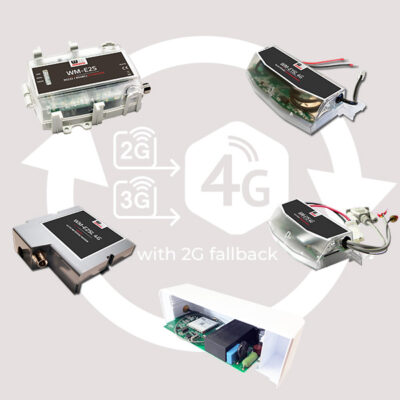
Since the LTE-M and NB-IoT 4G LTE devices work perfectly with 5G networks, they are future-proof and hence eliminate the need to upgrade again in the future. Besides being future-proof, the upgrade modems support backward compatibility, meaning that they will work with 4G LTE and 5G networks as well as the older 2G and 3G.
Further, they have multi-band capability that allows them to support several carriers hence allowing the customers to choose the most convenient or cost-effective network in their location.
Generally, more and more utilities will adopt the 4G LTE and 5G networks which are cost-effective solutions that benefit the utility company and consumers.
Today, the cost of deploying and supporting these networks is much cheaper compared to the older generation networks such as 2G and 3G. Besides their fast speeds and reliable communication, the cost of the new chipsets, modules, and modems for the networks have gown down compared to the older systems.
Generally, the 4G LTE and 5G cellular communication networks provide enhanced performance that benefits both the consumers and utility companies. Moving the connectivity to the new technologies has many benefits including low latency that leads to faster data transfer speeds hence shorter meter readout time. Other benefits include a larger bandwidth and higher data transmission speeds hence faster meter readouts.
The ability to read a large number of smart meters within a short time benefits the utility since they can obtain almost real-time consumption data that allows them to make better data-driven decisions, detect unusual usage or anomalies much faster, address any quality issues and respond quickly to outages.
Additionally, the optimized data flow and faster meter readout results in longer battery life or low power consumption hence reduced maintenance and energy costs. Besides the savings, the 5G technology provides better coverage, scalability, and reliability and can reach areas not previously covered by the 2G/3G networks.
Additionally, newer technologies, such as 5G, support more devices per square area compared to the older GSM networks. The modems are less bulky, with smaller antennas and overall physical size.
5G networks provide a wide range of benefits including enabling an uninterruptible stream of data regardless of network congestion, obstacles, interference, and other challenges. Consequently, the superior and faster network delivers various benefits to the utilities, consumers, telecom operators, and other stakeholders.
The benefits include
Besides reducing costs by improving the meter reading and billing, smart metering provides useful insights that enable utility companies to optimize their service delivery. The smart metering technology allows them to quickly detect and address problems hence minimizing downtimes and improving the quality of service to their customers. However, this is only possible when there is reliable communication between the smart meters and the control servers.
The meters connect to the modem through a physical connection such as RS232 or RS485. Utilities can then read the consumption data remotely via the existing cellular networks. Besides the consumption data, smart metering provides utilities with the ability to gain remote access and monitor and manage the metering and control systems.
Modems come with different capabilities. While some models, can only work with one meter, others support multi-meter connections.
The new communication technologies such as 4G LTE, and 5G have the potential to dominate the smart metering connectivity in the future. Customers with older 2G and 3G connections will need to upgrade their systems. Migrating to newer technologies means higher speeds, increased capacity, reliability, and better power and performance efficiency.
Towards this, customers can either replace the old meters or just upgrade the modems. Instead of purchasing new meters, upgrading the modem offers a more cost-effective and future-proof solution.

In the modern utility landscape, efficient data collection and management are key to maintaining operational effectiveness. Most utilities rely on […]
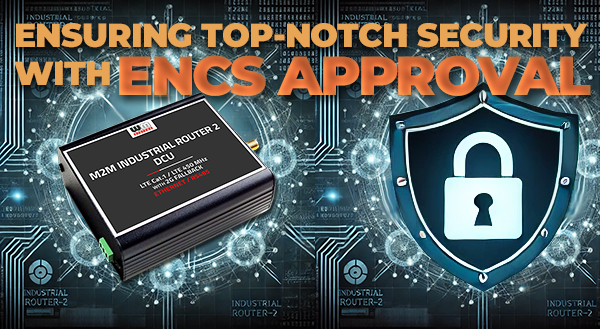
A Testament to Compliance with Key Cybersecurity Standards

We are thrilled to announce that Ali Mouslmani has joined WM Systems as our new partner in the United Arab […]
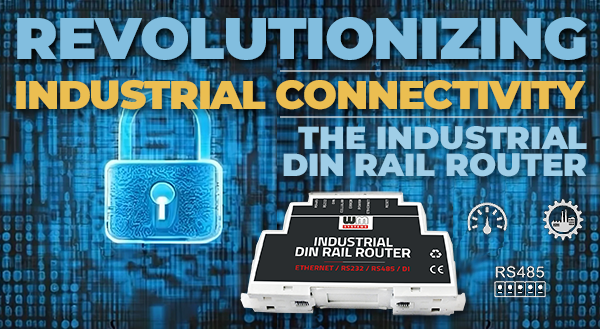
Introduction In the rapidly evolving world of industrial automation and IoT, the demand for compact, versatile, and efficient communication solutions […]
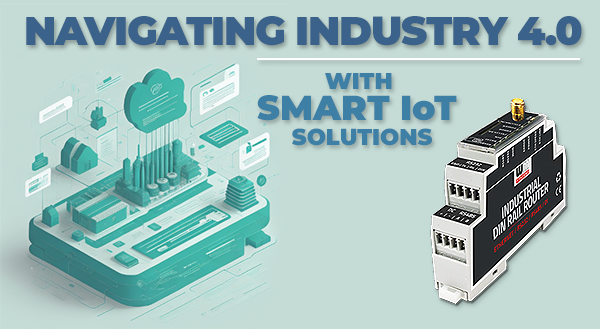
Introduction The fourth industrial revolution, or Industry 4.0, is redefining the landscape of industrial operations. Key to this transformation is […]

The group of WM Systems LLc.

Solar plants and farms are complex systems with a variety of equipment that needs to be monitored and controlled. This […]

Industrial settings are replete with equipment that demands efficient connectivity solutions. With the rise of the Internet of Things (IoT) […]

DIN-rail mountable industrial routers are an essential component of many industrial applications. They provide a reliable and secure way to […]
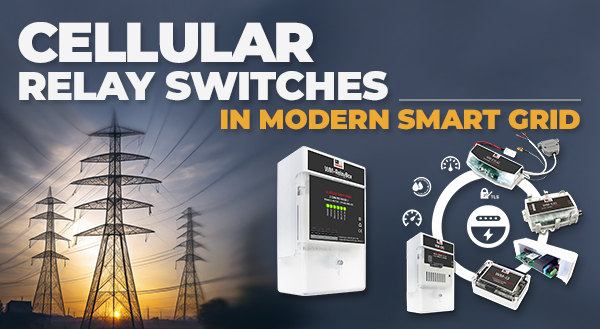
Make the modern smart grid more secure, resilient, and sustainable
